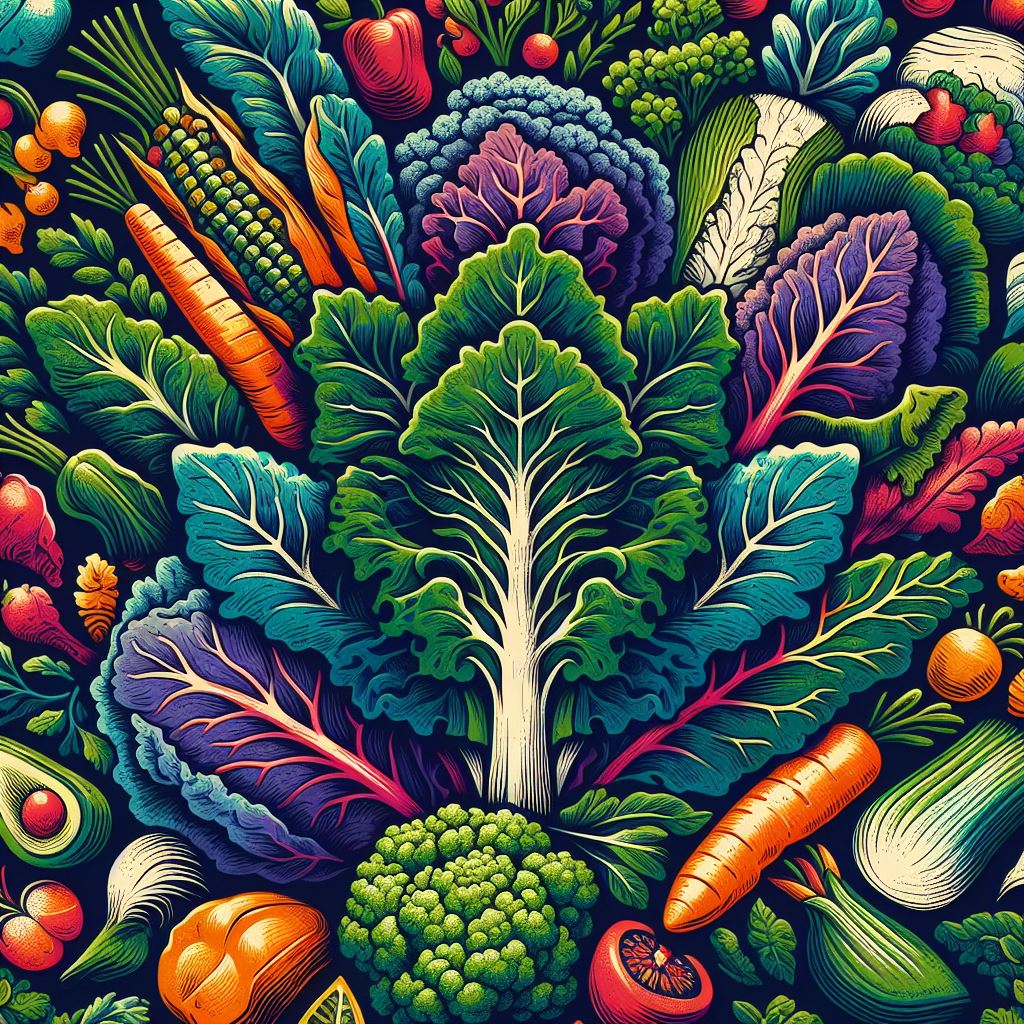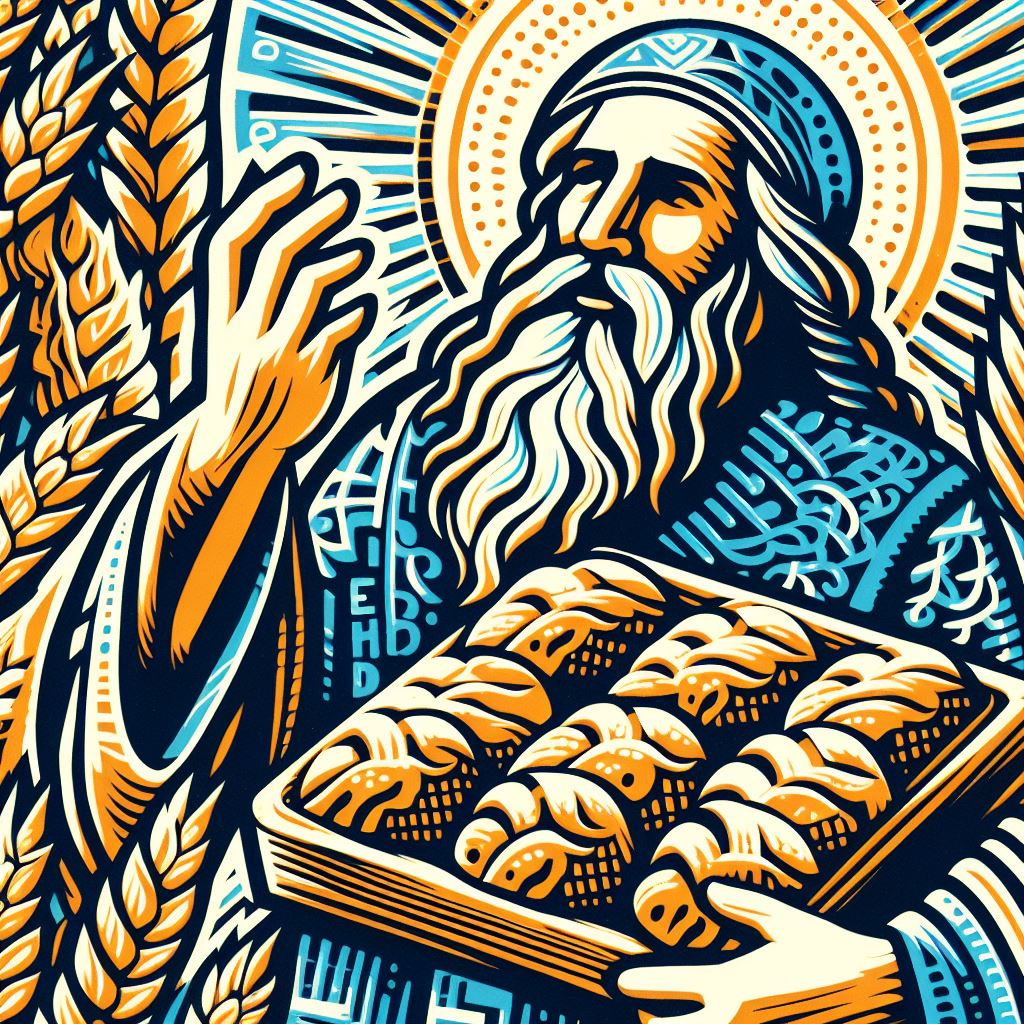Ah, fiber. The unsung hero of the breakfast table, often overshadowed by its flashier counterparts like bacon and… well, more bacon. But in the world of gut health, fiber is the equivalent of a backstage pass to the coolest gig in town: a healthy microbiome. Buckle up, buttercup, because we’re about to dive headfirst into a fiber frenzy.
Table of Contents
The Gut: A Complex Ecosystem
Imagine your gut as a bustling metropolis where trillions of bacteria live, work, and party. This city never sleeps, and its residents (your gut flora) are as diverse as the crowd at a music festival. However, instead of beer and burgers, these little guys thrive on something a bit more… fibrous.
Meet the Locals: Prebiotics and Probiotics
In our gut city, there are two types of inhabitants you need to know:
- Probiotics: The live bacteria that are all the rage on wellness blogs. They’re like the celebrities of the gut world.
- Prebiotics: The dietary fibers that feed the probiotics. Think of them as the caterers at the probiotic party.
Here’s the kicker: without prebiotics, probiotics are just tourists passing through. Prebiotics are what make them stick around and contribute to the community.
Fiber 101: The Prebiotic Protocol
Not all fiber is created equal. When it comes to prebiotics, we’re talking about specific types of dietary fiber that ferment in the gut, providing a feast for beneficial bacteria.
- Chicory Root: Rich in inulin, doubles as a coffee substitute for those brave enough.
- Garlic: A culinary staple that also packs a prebiotic punch.
- Onions: Make you cry and make your gut bacteria jump for joy.
| Prebiotic Powerhouse | Fiber Content | Gut Bonus Points |
|---|---|---|
| Bananas (the greener, the better) | Each medium banana contains approximately 2-3 grams of fiber, with greener bananas having more resistant starch, which acts as a prebiotic. | Bananas are not only easy to digest but also rich in potassium, which supports heart health and muscle function, making them a gut-friendly choice. |
| Asparagus | A cup of asparagus provides about 3 grams of fiber, contributing to your daily prebiotic intake. | Despite its reputation for altering the smell of urine, asparagus is a gut-friendly vegetable that supports healthy digestion and nutrient absorption. |
| Barley | A cup of cooked barley contains approximately 6 grams of fiber, making it a significant source of prebiotics. | Barley is not only heart-healthy due to its soluble fiber content, but it also nourishes your gut microbiota, promoting a diverse and balanced gut ecosystem. |
The Symphony of Synergy
Now, for the magic to happen, probiotics and prebiotics need to work together in perfect harmony. It’s like having a great band but no audience – one can’t rock without the other. When you balance both in your diet, you’re essentially throwing the best concert ever… in your gut.
How to Throw a Gut Party
- Diversify Your Menu: Just like a great playlist, variety is key. Mix it up with a range of prebiotic- and probiotic-rich foods.
- Stay Hydrated: Water is the ultimate crowd control. It keeps things moving and grooving along your digestive tract.
- Mind Your Microbes: Listen to your body. Not everyone’s gut reacts the same way to certain foods. Find what makes your microbiome dance.
The Bottom Line (Literally)
In the end, fostering a flourishing gut microbiome is less about jumping on the latest diet trend and more about creating a sustainable lifestyle that celebrates the diversity of your internal ecosystem. Prebiotics may not have the sex appeal of other superfoods, but they’re the unsung heroes working behind the scenes to keep your gut health on point.
Final Thoughts
Remember, taking care of your gut is a marathon, not a sprint. Slow and steady wins the race, and in this case, the prize is a happier, healthier you. So next time you’re meal planning, think of your gut bacteria as tiny guests at a dinner party. What would they like to eat? Chances are, it’s something fibrous.
And there you have it, folks. Fiber might just be the most exciting thing to happen to your gut since… well, probiotics. Here’s to happy bacteria and even happier bellies. Cheers to that!










